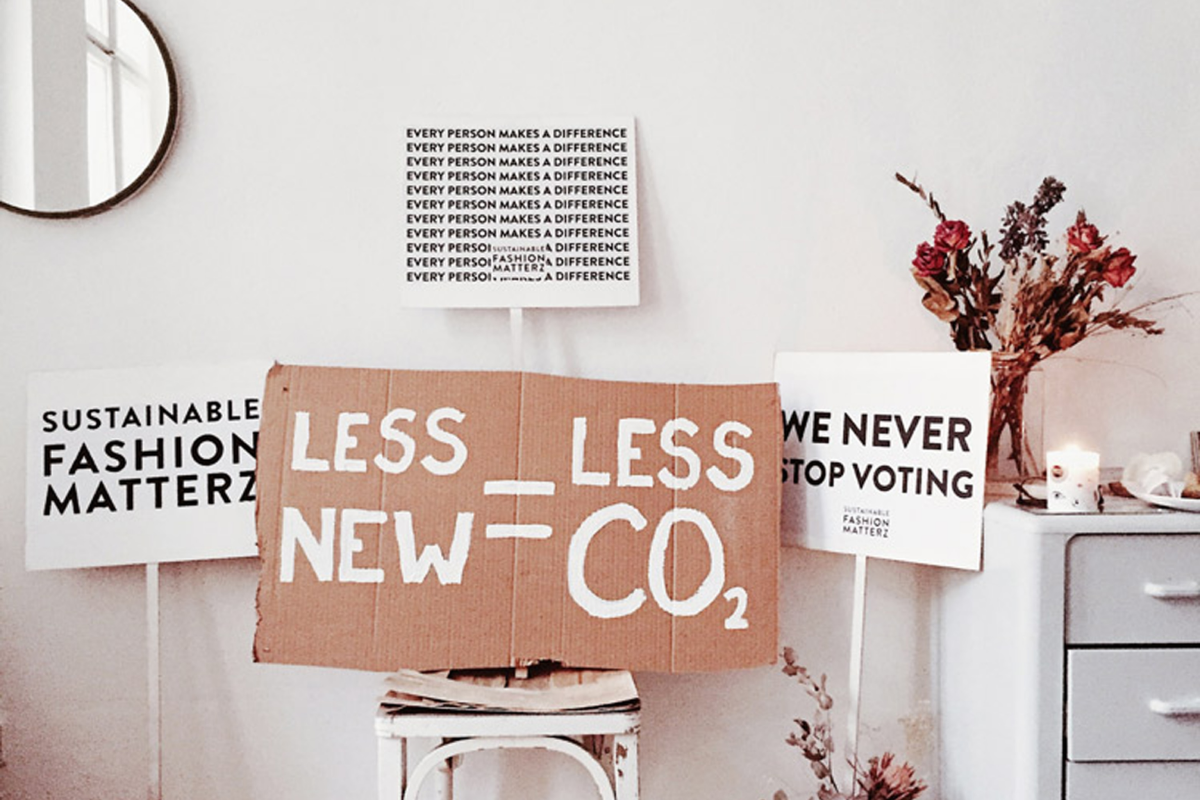Sustainable living is a lifestyle that aims to reduce one's carbon footprint and minimize the negative impact on the environment. It's about finding a balance between meeting our current needs and preserving the planet for future generations.
The Three Pillars of Sustainability
Environmental Responsibility: This pillar focuses on reducing waste, conserving natural resources, and minimizing pollution. By using renewable energy sources, reducing water usage, and recycling, individuals can make a significant contribution to environmental responsibility.
Social Equity: Sustainable living also includes ensuring fair treatment of all people, promoting social justice, and reducing inequalities. This can be achieved by supporting fair trade products, advocating for workers' rights, and promoting inclusive communities.
Economic Viability: A sustainable lifestyle should be economically viable in the long run, without depleting resources or harming the economy. This means making informed financial choices, such as investing in energy-efficient technologies that provide long-term savings.
Support Local and Sustainable Products
Buy locally sourced and organic foods. Supporting local farmers reduces the carbon emissions associated with long-distance food transportation and promotes sustainable farming practices.
Opt for products with minimal packaging. Excessive packaging contributes to environmental waste. Look for products with eco-friendly packaging or buy in bulk to reduce packaging waste.
Choose companies with eco-friendly and ethical practices. Research brands and businesses that prioritize sustainability and ethical production. Your purchasing choices can influence corporate behavior.
Reduce Water Usage
Fix leaks promptly: Leaky faucets, toilets, and pipes waste a significant amount of water over time. Regularly check for and repair any leaks to conserve water.
Install water-saving fixtures: Replace old, water-wasting faucets and showerheads with low-flow or aerated alternatives. Consider installing a dual-flush toilet to reduce water usage for flushing.
Collect rainwater: Install a rain barrel to collect rainwater from your roof. This harvested rainwater can be used for gardening and outdoor tasks, reducing the need for treated tap water.
Be mindful of water use: Practice conscious water usage habits, such as turning off the tap while brushing your teeth and taking shorter showers.
Install solar panels: If feasible, consider installing solar panels on your home to generate clean, renewable energy and reduce your reliance on fossil fuels.
Choose a green energy provider: Many utility companies offer options for purchasing green energy generated from renewable sources. Switching to a green energy plan can reduce your carbon footprint.

